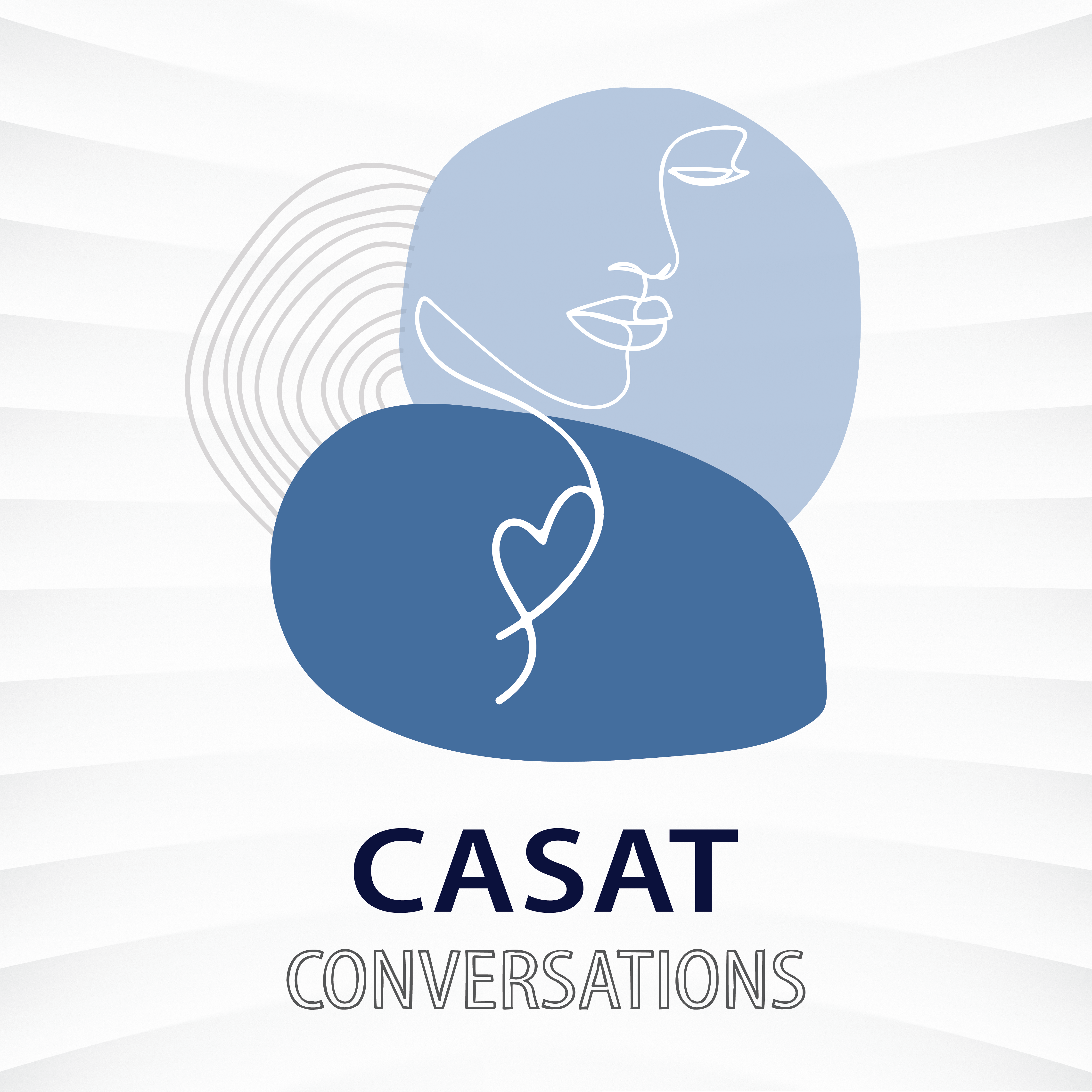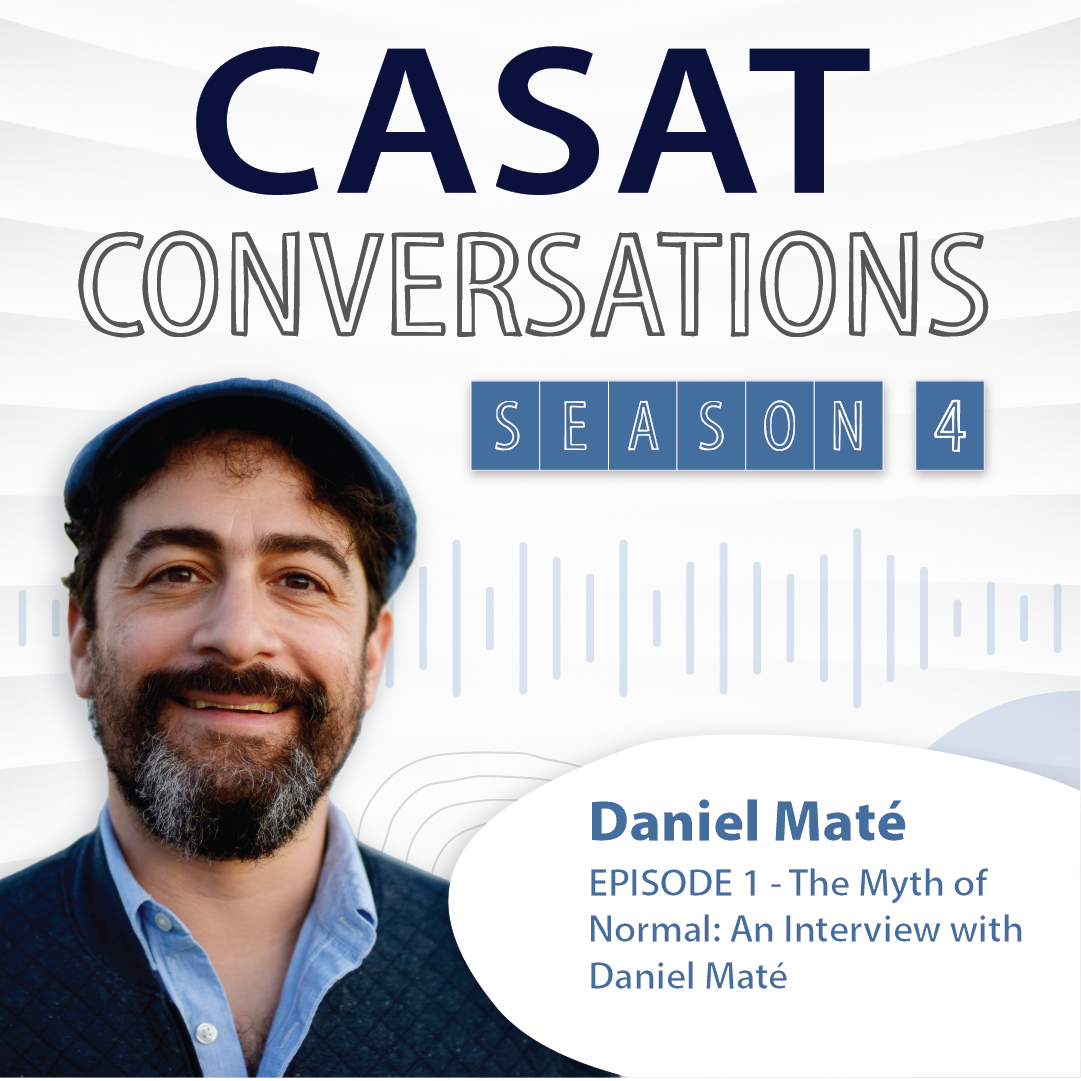Trauma: The Need for a Holistic Perspective
Trauma’s imprint is more endemic than we realize.”
– Gabor and Daniel Maté
Trauma is pervasive in our society. According to the National Center for PTSD, approximately 6 of every 10 men (or 60%) and 5 of every 10 women (or 50%) experience at least one traumatic event in their lives. In addition, a person doesn’t have to experience trauma first-hand to experience effects, just simply witnessing (or hearing about) a traumatic event can also have an impact and is called secondary traumatic stress. To further illustrate the enormity of the experience of trauma, Dr. Jim Gordon, author of The Transformation: Discovering Wholeness and Healing After Trauma, posits that trauma comes to all of us sooner or later.
What is Trauma?
Trauma is the consequence of an event but isn’t the actual incident itself. In their book, The Myth of Normal: Trauma, Illness & Healing in a Toxic Culture, Gabor and Daniel Maté describe trauma as, “an inner injury, a lasting rupture or split with the self-due to difficult or hurtful events.” Furthermore, trauma is what happens inside of you, and has an impact on the nervous system, the mind, and the body. Maté says that trauma leads to a disconnection from self, as a result of a person’s core needs not being met. This causes a fracturing of the self and one’s relationship to the world. Peter Levine, a leading trauma researcher, describes trauma as, “the loss of connection – to ourselves, families, and the world around us.” It can have lasting effects, that can be triggered at any moment (i.e., an emotion, a smell, or a noise).
There are two primary kinds of trauma. The first is the one we are generally most familiar with which is, Capital T-Trauma (aka Big T-Trauma). Examples of capital T-Trauma include a serious injury, sexual violence, or a life-threatening event (such as a natural disaster or war). Capital T-Trauma’s predispose a person to mental illness like Post Traumatic Stress Disorder. In addition to mental health, trauma impacts the person’s physical health by increasing inflammatory response in the body, and impairing gene function.
Another type of trauma is small t-trauma (aka little t-trauma). Maté describes small t-trauma as nearly universal in our culture and include experiences like bullying, emotional abuse, death of a loved one, loss of significant relationship, lack of emotional connection, or emotional needs not being met. This is the type of trauma that Dr. Jim Gordon was talking about when he said that trauma inevitably comes to us all. While big T-Trauma can be much more debilitating, small t-traumas can be harder to see, compound over time, and they are insidious.
8 Important Things to Know about Trauma
1. Trauma influences physical health.
Most often when addressing trauma, there tends to be a lot of focus on how trauma impacts the mind, but an important part of treating trauma also needs to include the body, along with a deeper understanding on how trauma is stored in the body. Science has shown how trauma reshapes the body and the brain by recoding trauma on a cellular level and reshaping our neuropathways. Trauma has been linked to autoimmune disease, cancer, cardiovascular disease, and lung disease.
2. Trauma cut us off from feeling physical sensations in the body.
The physical body may not feel like a safe place, so a person may resort to primarily living inside their head (often unconsciously). They may remain disconnected from physical sensations in the body, which makes it difficult to understand bodily cues like hunger levels. Initially after a traumatic event, this can be a useful protective mechanism, however it can eventually become a maladaptive coping strategy, and impact physical health over time.
3. Trauma effects the stress response.
Our brain and body are wired to survive. In the event of a threat (real or perceived) our nervous system has a natural response (i.e., fight, flight, freeze). When a person experiences a traumatic event, it often impacts a person’s ability to self-regulate. The system gets stuck, and the person may become hypervigilant, or numb and cut off from the world. The nervous system is brilliantly designed, and very effective in the face of threat and learning how to self-regulate is an important skill for trauma survivors.
4. Trauma limits our ability to respond wisely.
Often when a person has experienced trauma, they become reactive in stressful situations. The ability to choose how to respond wisely in situations is diminished, and they may get stuck in automatic reactive patterns. Learning how to pause before reacting is a powerful tool for trauma survivors, as it helps a person to see different options on how best to respond to life’s situations.
5. Trauma alters how we see the world.
The brain is wired to look for threats, and this part of the brain can become overactive in someone who has experienced trauma. For trauma survivors, and those who experience secondary traumatic stress, the world may seem dark and harsh. This can result in focusing on the negative, and a person may experience hypervigilance, pain, fear, suspicion, inflexibility, and/or numbness. By learning how to also focus on the good, and pause to take in the joy in life (i.e., a beautiful sunrise, a good cup of copy, the sound of a loved one laughing) it can help prime the brain to see that there is good in the world too.
6. Trauma makes it difficult to stay in the present moment.
It may be challenging for a trauma survivor to be with their thoughts, feeling and emotions. They may distract themselves with social media, shopping, drugs, alcohol, food, etc.). By learning how to be self-regulate and calm the mind and body (i.e. move within the window of tolerance), it can be easier for a person to be in the present moment.
7. Trauma can be passed down through generations.
More and more research is pointing to intergenerational trauma. When one generational experiences a traumatic event, and healing doesn’t occur than behaviors, patterns, and perceptions may be passed down to the next generation (i.e., addiction, emotional withdrawl, low self-esteem, and depression). Genograms are a helpful tool that support a person to identify some of the patterns that may no longer be serving them.
8. Trauma can result in loneliness and isolation.
It may be challenging for a person to make meaningful connections if they have experienced trauma, and yet, social connections are one of the most powerful healing tools. In his book, Together, Dr. Vivek Murthy discusses the importance of meaningful social connections on both our physical and mental health.
While, historically, trauma has been treated by addressing the impact of a traumatic event on the mind, treating trauma requires holistic treatment approaches in order to treat the mind, body and spirit of the individual. A combination of evidence-based therapeutic mental health modalities (Cognitive Behavioral Therapy, Dialectical Behavioral Therapy, Acceptance & Commitment Therapy, EMDR, etc.), somatic approaches (i.e., exercise, yoga, bodywork, etc.), and spiritual approaches (i.e., prayer, forgiveness, meaning making, etc.) are essential to healing from trauma.
Ready to Learn More:

Listen to Season 4 of CASAT Conversations. Season 4 delves into the topic of secondary and vicarious trauma experienced by people who work in the field of human services. You’ll hear from researchers, authors, clinicians, and people with lived experience who share about the importance of this topic, along with ways to care for yourself, and the value of having a community of support. In each conversation, we hope you find a nugget of information that will support you in the work you do.
 Listen to episode 1 today! In episode 1, you’ll hear from Daniel Maté co-author of the The Myth of Normal: Trauma, Illness & Healing in a Toxic Culture. In this engaging discussion, you’ll hear about the pervasiveness of trauma within society, and interplay between trauma and health.
Listen to episode 1 today! In episode 1, you’ll hear from Daniel Maté co-author of the The Myth of Normal: Trauma, Illness & Healing in a Toxic Culture. In this engaging discussion, you’ll hear about the pervasiveness of trauma within society, and interplay between trauma and health.
References
Gordon, J. S. (2019). The Transformation: Discovering Wholeness and Healing after Trauma. HarperOne.
Maté, G., & Maté, D. (2022). The Myth of Normal: Trauma, Illness & Healing in a Toxic Culture. Avery, an imprint of Penguin Random House.
Murthy, V. H. (2020). Together: The healing power of human connection in a sometimes Lonely World. Harper Wave, an imprint of HarperCollins.
Blog Post Tags:
Related Blog Posts
Related Learning Labs
Related Resources
.
- Buscar Tratamiento de Calidad para Trastornos de uso de Sustancia (Finding Quality Treatment for Substance Use Disorders Spanish Version)
- Finding Quality Treatment for Substance Use Disorders
- Focus On Prevention: Strategies and Programs to Prevent Substance Use
- Monthly Variation in Substance Use Initiation Among Full-Time College Students
- The National Survey on Drug Use and Health (NSDUH) Report: Monthly Variation in Substance Use Initiation Among Adolescents








